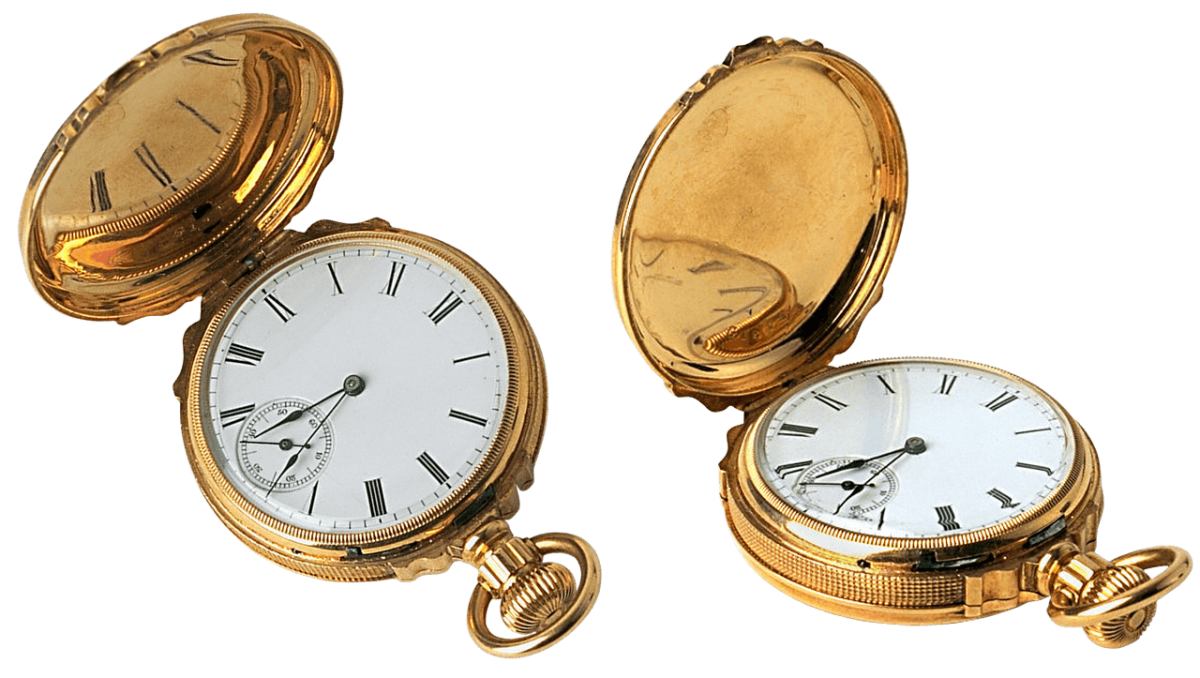Diane Merritt, of the Closed-End Fund Association (CEF) spoke recently with Axel Merk, of Merk Investments, about precious metals as part of a portfolio, and specifically the role these metals can play late in the business cycle: which, according to a rather broad consensus, is where we now are.
The interview ran as a CEF Insights podcast.
Merk begins with the observation that the precious metals “in general have had a near-zero correlation to equities, and most notably they have performed well in every stock market, [including every] bear market since the early 1970s,” with one key exception.
Let us note the obvious: that the early 1970s was an epochal moment for the precious metals because it was then that US President Richard Nixon broke the last formal tie between gold and the US dollar.
From Paul Volcker to Jerome Kerviel
The exception was one decade out from the Nixon shock in the early 1980s when Fed chairman Paul Volcker was pushing real interest rates skyward. That turned the equity markets quite bearish, just as gold was headed down from its 1980 spike.
Nonetheless, the general rule holds. Indeed, although gold wasn’t especially bullish during the global financial crisis of 2007-2009, it did manage to hold its value. It was in the neighborhood of $830 in mid-January 2007, as subprime mortgages started to look iffy. It was in a slightly more upscale neighborhood a year later ($860s-ish), as Societe Generale was acknowledging the “rogue trading” of Jerome Kerviel. The ear 2018 was understandably quite volatile for gold, but when the dust settled and a new Presidency began in January 2019 the price of gold was around $830. By staying in place, gold outperformed equities remarkably.
Merk then observes, in the CEF interview, that recently gold, and the equity prices of gold mining companies, have taken volatility to a new level.
He sees this volatility as a feature, not a bug, especially regarding those mining companies.
“With a fairly small component, you can get quite a boost to a portfolio [because] the fixed cost of mining is reasonably constant ...a 10 percent move in the price of the metal can have a multiplier effect on the earnings because they get all the marginal revenue as profit.”
Passive and Active Management
Merritt then asked Merk about passive investment strategies. They have gained some traction in the precious-metals miners equity space in recent years, Merk replies that, yes, Merk Investments is also involved in passive investing. They have a passive physical gold ETF.
But he also expresses the concern that in the mining field the passive folks are “what I would call top heavy.” The top 10 holdings in the best known passive index, GDX, [the VanEck Vectors Gold Miners ETF] represent a lot of the index, more than 60%. This “obviously increases the risk that if anything doesn’t go right in these companies, there is an issue.”
There is a passively managed index for smaller companies but that, Merk says, raises another issue. There is a function for active managers regarding smaller companies. “You have to be very careful on the small companies that you choose companies that have sustainable cash flows, that have access to financing and the index just can't differentiate that,” says Merk.
Hedging Against the Return of the 1970s
Merritt later moves the discussion to how Merk sees the present state of the business cycle.
“The economy is in [an] advanced stage of an expansion,” he replied. “What I believe is a little different from what many people are thinking. I actually think that inflationary pressures are increasing. The Federal Reserve is highly complacent about the lack of inflation.”
If he is right on these points, then a situation resonant of the 1970s faces us: a simultaneous recession of national productivity and a sharp upward move of many prices. The market may be underpricing the precious metals, which will prove to be a safe harbor if that scenario unfolds.




